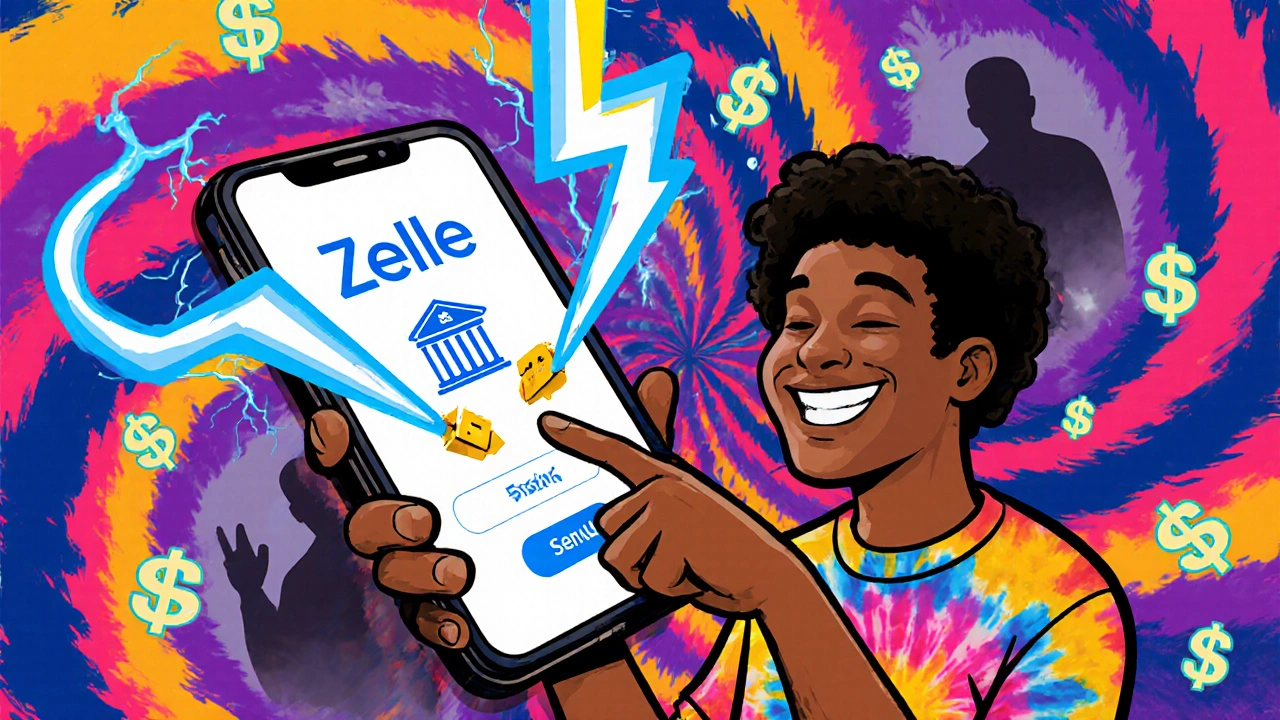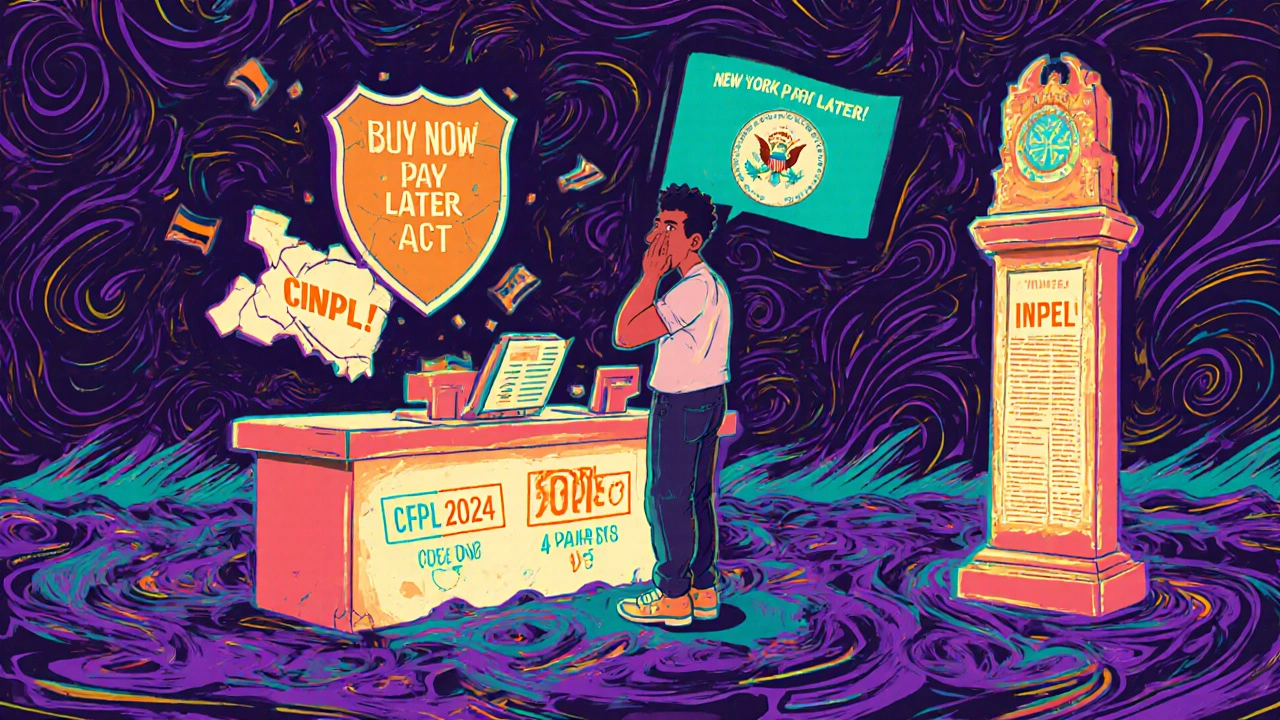Personal Finance: Smart Ways to Manage Money, Save, and Invest for Real Life
When you think about personal finance, the practical way you handle your money to meet life goals like safety, freedom, and retirement. Also known as individual financial management, it’s not about fancy spreadsheets or chasing get-rich-quick schemes—it’s about making simple, consistent choices that add up over time. Whether you’re just starting out or trying to fix old habits, your personal finance strategy needs to work for your life, not the other way around.
Your emergency fund, a cash buffer you can access quickly when something unexpected happens. Also known as safety net savings, it’s the foundation of everything else. Too many people skip this step and end up in debt when the car breaks down or the fridge dies. The right fund isn’t just about how much you save—it’s about where you keep it. High-yield savings accounts beat regular ones because they earn interest without locking your money up. And if you’re tempted to use your emergency fund for non-emergencies, you’re not alone—most people need clear rules to keep it untouched. Then there’s the high-yield savings account, an online bank account that pays significantly more interest than traditional banks. Also known as HYSA, it’s the easiest way to grow your emergency fund, vacation savings, or short-term goals without taking risks. In 2025, some pay over 5% APY—far better than the 0.01% you get at your local branch. And when you’re ready to think long-term, you’ll face decisions like whether to pay off debt or invest first. That’s where understanding your investment plan, a clear roadmap for how you grow your money over time using low-cost, diversified assets. Also known as financial roadmap, it’s not about picking stocks or timing the market. It’s about setting up automatic contributions, choosing the right funds, and sticking to your plan even when the news feels scary. You don’t need to be an expert. You just need a system.
But here’s the thing: personal finance isn’t just about tools—it’s about people. If you’re sharing money with a partner, you need financial transparency—not just joint accounts, but honest conversations. And if you’re thinking about hiring help, you need to know the difference between a fee-only advisor and a fee-based one. One works for you. The other works for commissions. That’s not a small detail—it’s the difference between getting advice that fits your goals and getting advice that fits their paycheck.
What you’ll find below isn’t theory. It’s what real people are doing in 2025 to stop stressing about money. From the 4% rule for retirement to how couples use apps like Honeydue to avoid fights, every post is built on real data and real struggles. No jargon. No fluff. Just clear steps you can take this week to build more security, more control, and more peace of mind.











